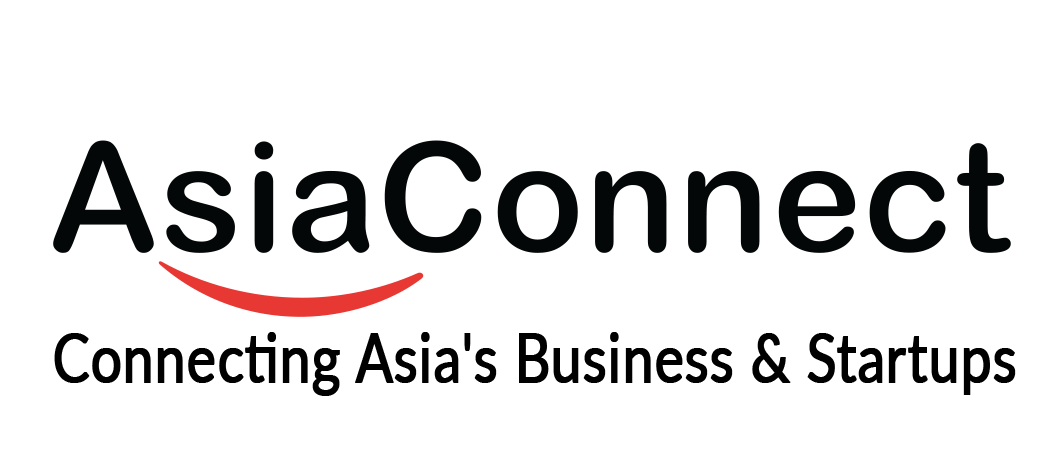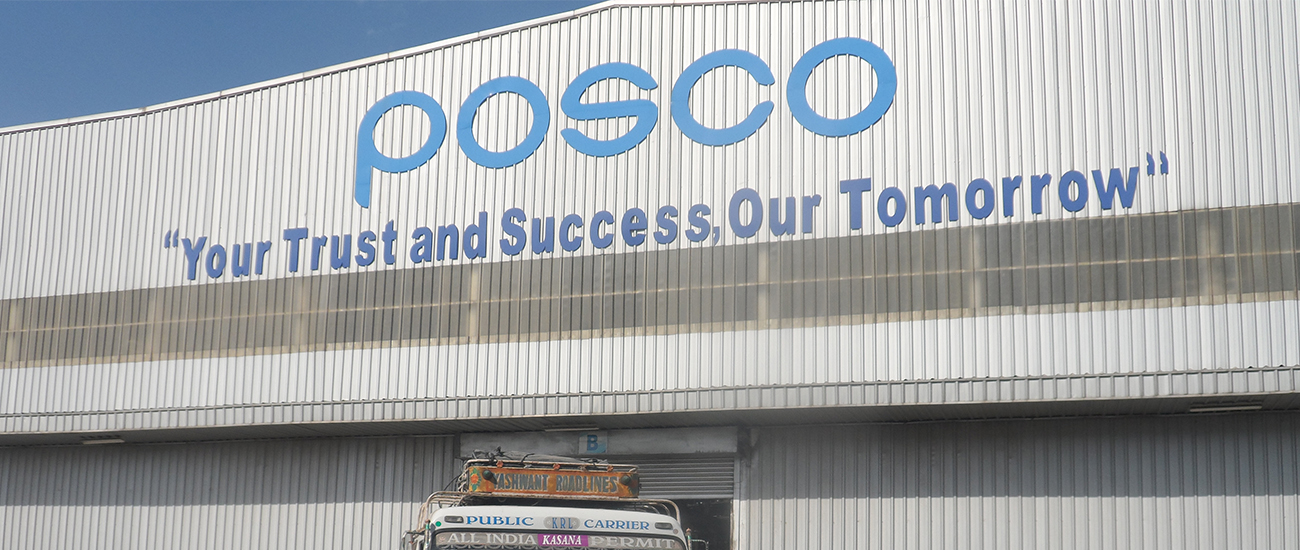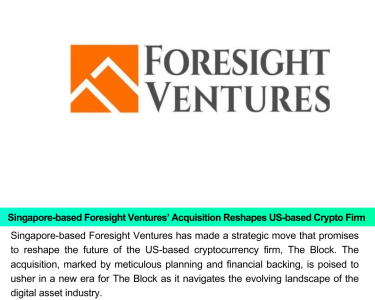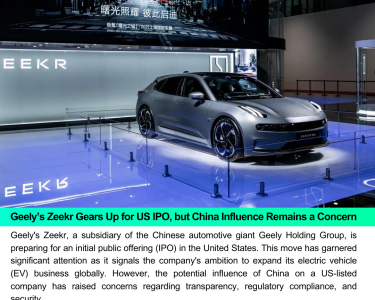By increasing emissions trading and purchasing low-carbon steel, the government may assist.
Seungwan Kim is the CEO and founder of the NEXT Group, a Seoul-based think tank on energy and environmental policy. He also teaches electrical engineering at Chungnam National University in Daejeon, South Korea.
The largest steel producer in South Korea, POSCO Holdings, has unveiled a new strategy to become a “green energy and global business pioneer,” with the goal of tripling its “eco friendly” steel sales by 2030.
This is only the most recent such statement to be made as the largest steel producers in the world attempt to situate themselves for an existential race to dominate the production of green steel.
Major steel consumers, including the world’s largest shipping company Maersk, Mercedes-Benz Group, BMW, Volvo Cars, and Apple, have all recently openly said that green steel would play a significant role in their next production strategies.
For instance, Maersk declared last year that it would strive to guarantee that all steel used in the ships, structures, and equipment it purchases is totally net-zero by the year 2050. By 2030, both Volvo and Apple plan to integrate carbon neutrality throughout their supply chains.
POSCO’s new vision will be seen as a positive improvement in response to this drastically altered movement in demand. The action builds on a number of significant steps made last year, including the company’s announcement that it would invest 52 trillion won ($38.9 billion) in the production of green steel and hydrogen in Australia as well as its plan to operationalize HyRAX, a cutting-edge demonstration plant for hydrogen-based steelmaking in Pohang, South Korea.
Together with the construction business Primetals Technologies, the Pohang facility is being created. By demonstrating the viability of hydrogen-based steelmaking on a commercial scale by 2030, POSCO intends to be able to gradually replace the nation’s current blast furnaces by 2049.
However, 2049 will be too late. Additionally, POSCO’s roadmap for achieving carbon neutrality is lacking.
There appears to be no present strategy to phase out the blast furnaces running in Gwangyang, South Korea, despite its recent announcement of a transition road map that makes explicit the desire to do so in Pohang in 2049.
In light of this, NEXT Group projects that POSCO’s emissions intensity will only decrease by 12.4% by 2030, far less than the 29% reduction by 2030 suggested by the International Energy Agency. Without putting supplementary reduction measures into place over the following ten years, it is unclear how POSCO will even be able to fulfill its own 2040 and 2050 emission objectives.
Despite continuing to rank among the top steel producers in the world, POSCO had a very difficult year in 2022, recording a 47% fall in profits. Future investment decisions may be challenging as a result, but POSCO might not have an option but to adapt given the promises made by new steel companies like H2 Steel and Boston Metal to produce net-zero steel by 2025.
Late last year, the European Union introduced the world’s first green tariff on imports. The tariff, known as the Carbon Border Adjustment Mechanism, is scheduled to come into trial use as early as October and will significantly increase the cost of high-emission steel imports into the EU as early as 2026.
The U.S. and EU are also said to be looking to establish a “green steel club” that would set collective standards for carbon intensity in the steel sector and penalize high-carbon exporters.
According to an estimate by NEXT Group, the CBAM alone may drive up the price of South Korea’s high-emission steel exports by 299 billion won by 2026, based on current shipment levels. By 2034, when the EU is expected to strengthen CBAM laws, these expenses may approach 700 billion won.
Unless more steps are taken to speed up the nation’s own national transformation, South Korea’s industrial leaders may find themselves in a tough situation if the U.S. adopts similar levies.
In order to accelerate a timely industrial change that would protect both big and small companies, the South Korean government is essential.
Expanding the nation’s carbon trading system, which now provides the steel sector a free ride and leaves it exposed to foreign levies like the CBAM, should be the top priority. Without more local action, South Korean businesses risk being essentially shut out of important markets.
But regardless of CBAM’s expansion, South Korean steelmakers must act more quickly. Through its public procurement guidelines and by maintaining local demand for low-carbon steel, the government can ease this transition.
2023 is a crucial year to do this and guarantee the steel sector in South Korea a sustainable future as a result of strong investment and buyer interest. Making environmentally friendly steel is not the only goal. Additionally, it pertains to reducing a strategic risk for steelmakers that are unable to respond quickly enough.





